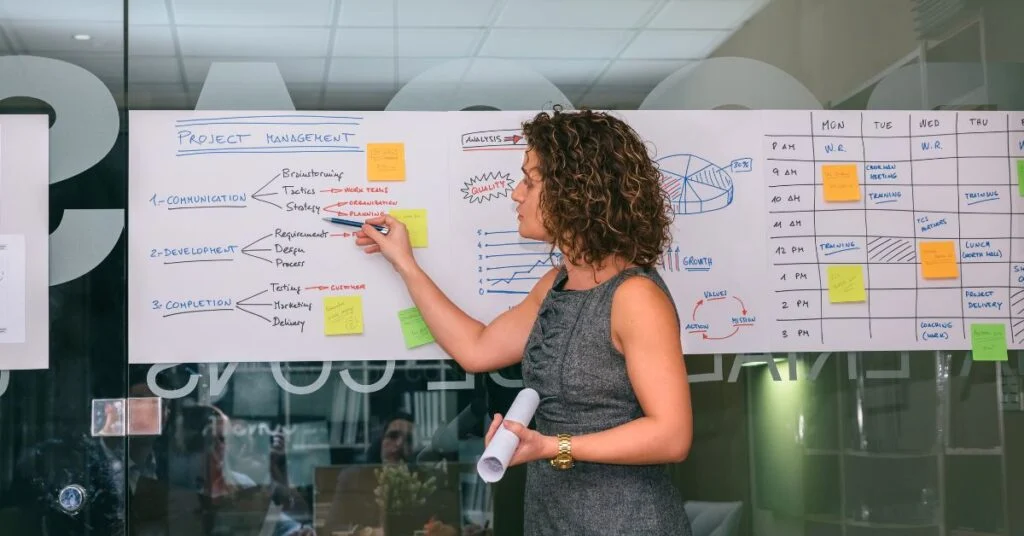|Ahmed Saeed
In the fast-paced world of software development, it’s easy to overlook documentation as a secondary task. However, effective software documentation is crucial for the success of any project. Well-crafted documentation not only supports development but also enhances collaboration, reduces errors, and ensures project longevity. This blog explores how effective software documentation drives project success and provides actionable tips for creating and maintaining high-quality documentation.

The Role of Software Documentation in Project Success
- Facilitates Knowledge Transfer: Documentation acts as a knowledge repository, capturing vital information about the system's design, functionality, and architecture. This is particularly important when onboarding new team members or when transitioning a project between teams. Comprehensive documentation ensures that knowledge is preserved and accessible.
- Improves Code Maintainability: Well-documented code is easier to maintain and update. Clear explanations of code logic, APIs, and dependencies help developers understand and modify the codebase efficiently. This reduces the risk of introducing bugs during updates or refactoring.
- Enhances Collaboration and Communication: Good documentation serves as a communication tool between developers, stakeholders, and other team members. It provides a common reference point, reducing misunderstandings and aligning expectations. This is especially valuable in distributed teams where face-to-face communication may be limited.
- Streamlines Troubleshooting and Debugging: When issues arise, having detailed documentation can significantly expedite the troubleshooting process. Developers can quickly reference documentation to understand the system’s behavior and pinpoint potential sources of problems.
Best Practices for Effective Software Documentation
- Document Early and Often: Begin documenting as soon as the project starts, and continue updating it throughout the development lifecycle. This ensures that documentation remains relevant and reflects the current state of the project.
- Use Clear and Concise Language: Avoid jargon and write in simple, clear language. Documentation should be easily understandable by all stakeholders, including those who may not have a technical background.
- Include Examples and Use Cases: Provide practical examples and use cases to illustrate how the software should be used or how certain features work. This helps users and developers understand the context and practical applications of the software.
- Organize Documentation Effectively: Structure documentation in a logical and accessible manner. Use headings, tables of contents, and search functionality to make it easy to navigate. Consistent formatting and organization improve readability and usability.
- Leverage Documentation Tools: Utilize tools and platforms designed for documentation, such as Markdown editors, wikis, or dedicated documentation systems. These tools often offer features like version control and collaboration support.
Case Studies and Examples
- Example 1: Google’s extensive API documentation provides clear examples and comprehensive guides, making it easier for developers to integrate Google’s services into their applications.
- Example 2: Atlassian’s Confluence is used by many organizations to create and maintain internal documentation, supporting better collaboration and knowledge sharing.
Conclusion
Effective software documentation is a cornerstone of project success. It facilitates knowledge transfer, improves maintainability, enhances collaboration, and streamlines troubleshooting. By adhering to best practices and prioritizing documentation, development teams can ensure that their projects are well-supported and poised for long-term success.

